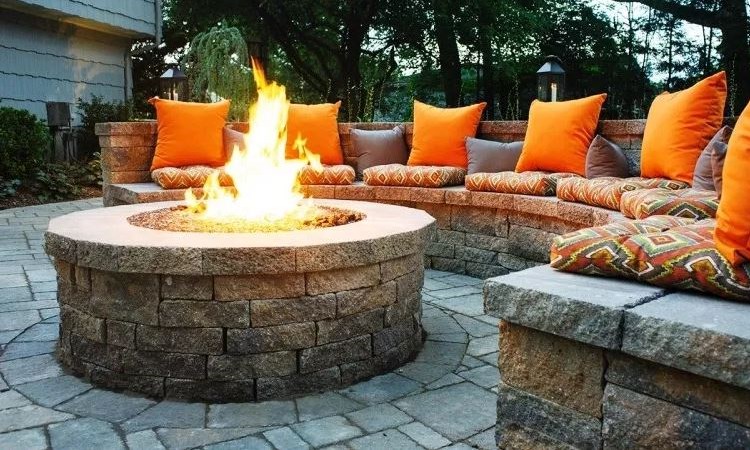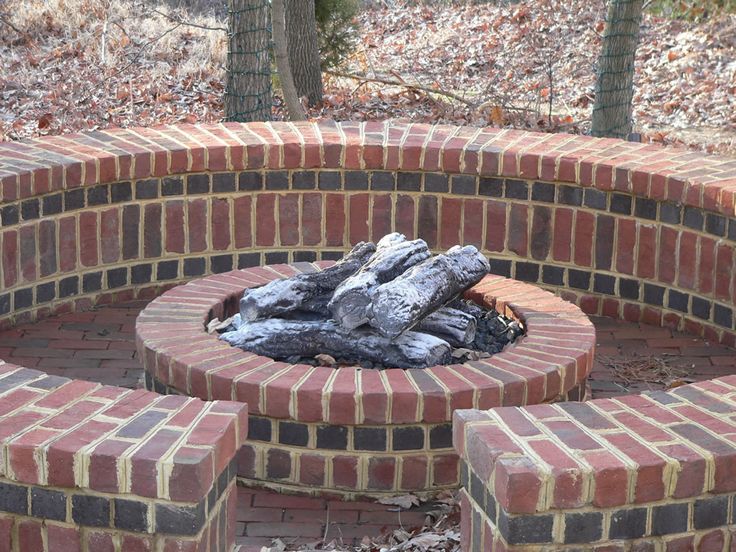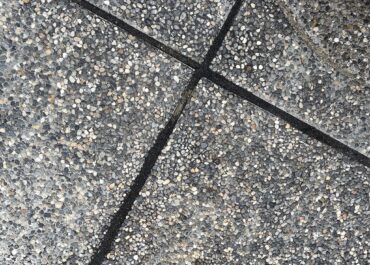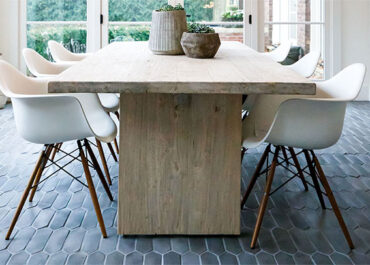
So, you want to learn how to build a fire pit with pavers. Don’t worry – here we will teach you a few things about tackling this kind of project by yourself, as well as all the benefits of investing in your outdoor functionalities. Paving stones have been a versatile option for conceiving many landscapes since the beginning of civilization; with the high amount of materials available, it would be no different nowadays.
Keep reading the article for a step-by-step tutorial on how to build a fire pit with pavers!
Don’t miss: Stone Cap for Fire Pits – All You Need to Know
Why choose pavers for a fire pit?
Before you begin, there’s some essential information you should know about to guarantee the integrity of your project. Hardscape requires delicate handwork, after all, and you don’t want to make the slightest mistake that might compromise it, right?
When it comes to fire pits, keep in mind that safety is a top priority. Always follow local building codes and guidelines and ensure that you use materials that are specifically designed for fire pit applications – thereby reducing the risk of accidents or damage. Safety hazards apart, pavers are popular for many reasons, as you can see below:
- Pavers come in various shapes, sizes, colors, and textures, allowing homeowners to create a visually appealing fire pit that complements their outdoor space’s overall design. Pavers can be arranged in different patterns and designs to achieve the desired look.
- Pavers are known for their durability and ability to withstand the high temperatures and stress associated with a fire pit. They are less likely to crack or warp from the heat, making them a reliable choice for a long-lasting fire pit.
- Pavers are relatively easy to install, making them a popular choice for DIY fire pit projects (that’s why you’re here). With proper preparation and a level surface, you can create a stable and functional fire pit using pavers.
- Pavers offer flexibility in design and size, allowing people to customize their fire pit to suit their specific needs. You can adjust the dimensions and shape of the fire pit to fit your space and seating requirements.
- Pavers are low-maintenance materials, making them a convenient choice for a fire pit. They are resistant to moisture, require minimal upkeep to keep them looking good over time, and can be individually switched out in case one of them is faulty.
- Pavers are often a cost-effective option for building a fire pit compared to poured surfaces – they provide a balance between affordability and aesthetics.
The right pavers for a fire pit
When selecting pavers for a fire pit, it’s important to choose materials that can withstand the high temperatures generated by the fire while also offering aesthetic appeal. Check out our full guide on fireproof paving stones by clicking here.
Here, we’ve listed the two main options on the market that fulfill this purpose equally well, so make sure to also consider the overall design of your outdoor space when choosing the right paver for your project.
Concrete pavers

Concrete pavers are a popular choice for building fire pits – they are durable and can handle the heat without cracking or warping. These are available in a wide range of sizes, shapes, colors, and textures, giving you plenty of design options to match your outdoor space. They are also relatively affordable and easy to install, with some heat-resistant models even being designed specifically for use in fire pits.
Fire brick pavers

Fire brick pavers – or fire bricks – are specially designed for use in high-temperature applications like fire pits and fireplaces. These bricks are made from refractory clay, which can withstand extremely high temperatures without breaking down. Fire brick pavers are an excellent choice for the inner lining of the fire pit, where they will be directly exposed to the flames and heat. They are not as decorative as some other pavers, however, so they are often used in combination with other paver materials for the fire pit’s exterior.
Pavers you should NEVER use
Now, it’s important to remind you how crucial heat resistance is. Due to their non-porous properties, pavers like porcelain and travertine can never be utilized to build a fire pit or retaining wall. If you do that, the heat that stores up on the inside won’t have anywhere to go, thus cracking and exploding your project.
That said, you can see how professional help is essential to ensure a long-term investment. Any kind of paver installation is tricky and takes careful steps before coming to fruition – so why worry about calculations when you can leave all the specifics to experts?
How to build a fire pit with pavers: step-by-step
If you’re still willing to go for a DIY approach, it’s time to prepare yourself and the worksite. Here are the tools and equipment you’ll need (buy or rent these at your nearest hardware or construction store):
- Fire-resistant pavers for the wall and interior (fire-resistant if available);
- Gravel or crushed stone for the base;
- Fire-resistant bricks for the interior (fire bricks);
- Masonry adhesive or fire-resistant mortar;
- Metal fire ring or fire bowl (optional);
- Sand (for leveling);
- Landscape fabric (optional);
- Steel ring (optional but recommended for added stability);
- Shovel;
- Rake;
- Level;
- Tape measure;
- String and stakes;
- Rubber mallet;
- Work gloves;
- Safety glasses;
- Wheelbarrow;
- Trowel;
- Saw (for cutting pavers if necessary).
Once you have everything ready, follow the tutorial below. Remember to always exercise caution and follow safety guidelines when using your fire pit. Keep a safe distance from the flames, and have a fire extinguisher or water source nearby for safety!
Select a location
Choose a suitable, level location for your fire pit, keeping safety in mind. Ensure it’s away from structures, trees, and overhanging branches.
Before you begin, check with your local government or homeowner’s association for any permits or regulations regarding fire pit construction.
Prepare the site
Mark the center point of your fire pit using a stake and string. Dig a shallow, circular trench about 12-18 inches deep and a bit wider than the diameter you desire.
Fill the trench with a 4-6 inch layer of gravel or crushed stone. Tamp it down with a tamper or the back of a shovel to create a firm base.
Lay the first course of pavers
Place the first row of pavers around the outer edge of the trench. Make sure they are level and even. Use a level to check.
If using a metal fire ring or fire bowl, place it in the center of the trench. Otherwise, create a circular interior wall (also known as a retaining wall) using fire bricks or heat-resistant pavers. Then, secure them with fire-resistant mortar.
Continue building the wall
Stack additional rows of pavers on top of the first row. Apply masonry adhesive or fire-resistant mortar between the pavers to hold them together. Stagger the joints, similar to how you’d build a brick wall, for stability.
For a finished look, add a cap layer of pavers on top of the wall. Apply adhesive or mortar to hold them in place.
Add sand and level
Pour a layer of sand into the center of the fire pit and use a level to create a flat, even surface for your fire. Place landscape fabric in the base and against the inner wall to prevent weeds from growing through.
For added stability and safety, you can insert a steel ring into the paver wall, securing it with adhesive.
Final adjustments
Check for level and alignment one last time, and make any necessary adjustments. Allow the adhesive or mortar to cure as per the manufacturer’s instructions before using the fire pit.
Finally, place a fire grate or metal mesh over the interior fire bricks, add your firewood, and enjoy your new fire pit!

Contact Eagle Pavers to get your fire pit off the paper!
Are you planning to get your own fire pit, then? If you live near Sarasota, Florida, don’t hesitate to call our expert team for a free estimate! As a branch of Eagle Stones, our team provides clients with top-notch products (check out the online catalog here) and installation services that are sure to fit your needs.
It might also interest you: How to Calculate Square Feet for Pavers




